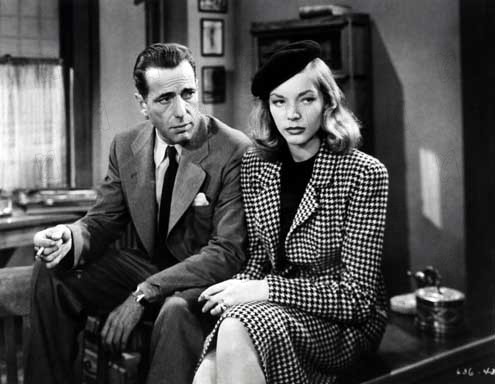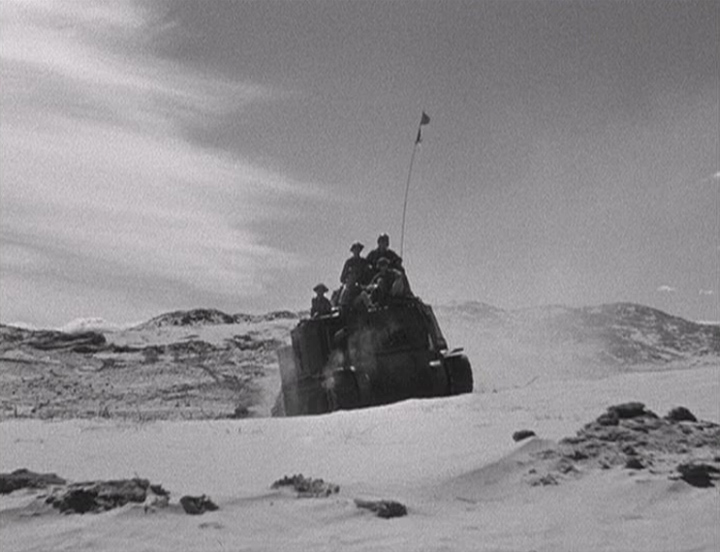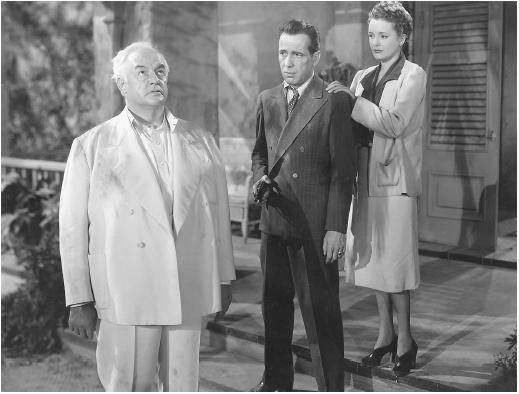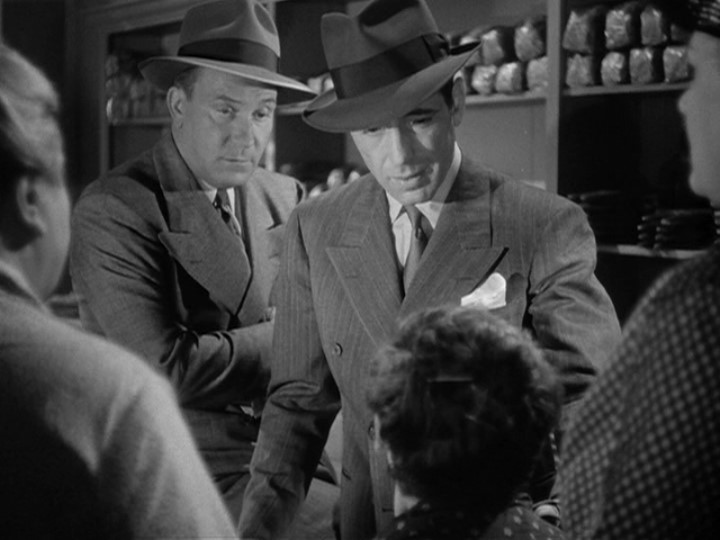
Perfection.
It is what we all strive for.
It is what movies want to be.
There are only a handful that can claim to have perfected an aspect of the filmmaking process.
There has never been a perfect movie that features a perfect cast, a perfect story, perfect cinematography, perfect realism, perfect director and perfect editing.
If it were easy, then there would be no point in striving for perfection.
Casablanca (1942) has two perfect elements.
It has the perfect cast and the perfect story.
The American Film Institute voted in 1999 on the best screenplays ever written. Casablanca, written by the Twins (Julius J. and Philip G. Epstein) and Howard Koch, was voted the best story ever. It is hard to disagree with the Institute. If you want comedy, it is here. If you want romance, Rick and Ilsa have it. Danger: how about a Resistance fighter in the midst of Nazis. Twists: for those who have never seen the movie, the point when Rick pulls the gun is shocking. All these elements are wrapped up in a convincing drama about the struggles of three little people whose problems do add up to more than a hill of beans in this world.
The casting is probably the greatest in the history of movies. There have been rumors that a remake would be in the process, but even if they kept the same story, the acting would not be superior in this new movie. Much like in the remake of Psycho (1998) that followed the story and most of the shots exactly. The acting just isn’t as good in today’s Hollywood as it was during the Golden Age.
Playing the role of the lost soul Rick Blaine is Humphrey Bogart. Bogie could be tough, he played numerous gangster roles, and he could be witty with the one-liners, see Sam Spade. He was perfectly cast as Rick. Being the romantic lead was something new for him. He didn’t have to be the suave lover in this movie though. He just had to play a man who had a broken heart. Nothing we all haven’t gone through.
Ingrid Bergman is the elegant Ilsa Lund. Miss Bergman did not want the role in this movie, but she would not have gotten the role she wanted in For Whom the Bell Tolls (1943) had she not agreed to play in Casablanca. She excels as “the most beautiful woman in Europe.”
In the case of Ingrid Bergman, and many of the others in the cast, the new Hollywood movie would never work because Casablanca featured many actual European actors. It was not a stretch for Bergman to play a beautiful woman from Europe, because that is what she was.
Claude Rains as Louie can not be improved upon. Rains was an accomplished character actor who even starred in some Universal horror pictures. Sydney Greenstreet was great as Senor Farrari, as was Peter Lorre as Ugarte. If there is one criticism of the screenplay, it is that these two actors were not seen more. Greenstreet was an accomplished Shakespearian actor. Lorre had starred as the evil Hans Beckert in Fritz Lang’s M (1931).
Another immigrant from Germany who excels is Conrad Veidt, who plays Major Strasser. Other immigrants who fled from Nazi occupation include S.Z. Sakall, Leonid Kinsky and Madeleine LeBeau. You see this is such a perfect movie because it was made at the perfect time. Those actors who were playing characters trying to flee the Nazis had already gone through the pain of leaving Europe for America. They knew what their characters were feeling. That would not be present in a remake, thank goodness!
Casablanca would not be the same without the wonderful performances from Paul Heinreid as Victor Laszlo and of course Rick’s would never be the same without Dooley Wilson playing Sam.
The movie should be watched by everyone. The story has been imitated many times and the lines have become commonplace in our culture. The stories surrounding the making of the movie are interesting as well and could fill up a whole book. In fact there was a book about the making of Casablanca, ironically called “The Making of Casablanca.”
One thing that might not be known is what happened after the movie was released and became a huge success. On Oscar night the movie won for best picture. Typically the producer of the movie accepted on behalf of the studio they worked for. But in this case Jack L. Warner and Hal B. Wallis were not on the best of terms because Wallis had a deal with Warner Brothers in which he could personally oversee the production of a specific movie. One of those was Casablanca. So when the movie won for best picture, Warner and Wallis each got up to accept the award. Warner was the quicker to the podium though and took all the credit for the picture’s success. This of course finalized the breaking of the relationship between Warner and Wallis. Because this happened, now every best picture award is accepted by the producer only.











